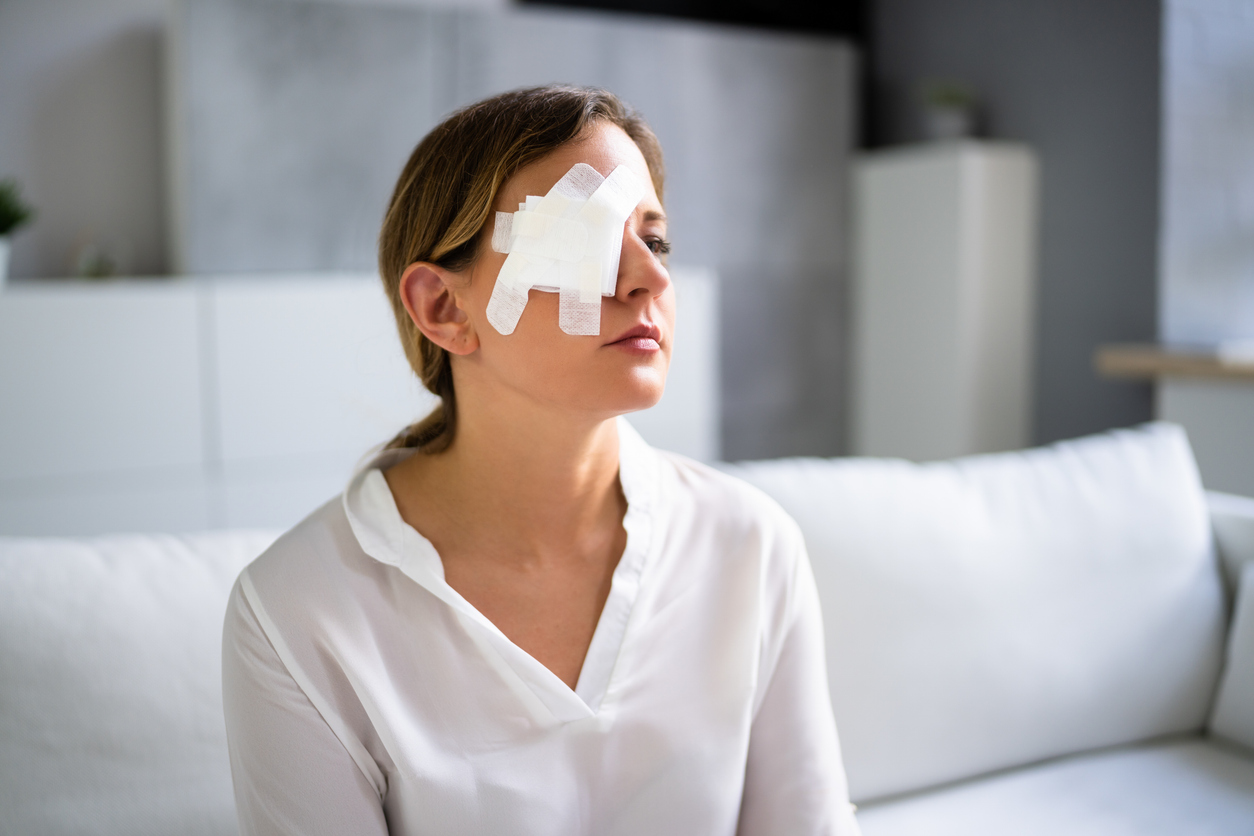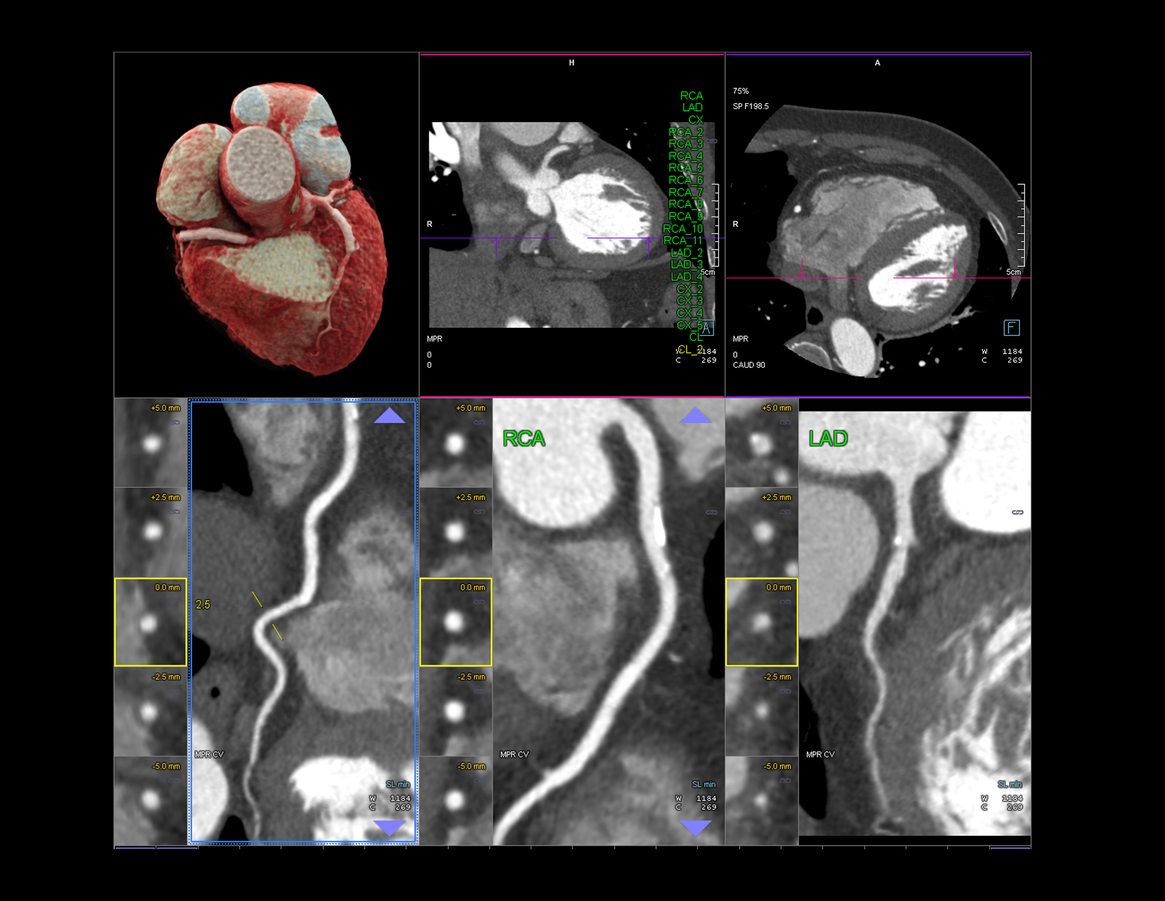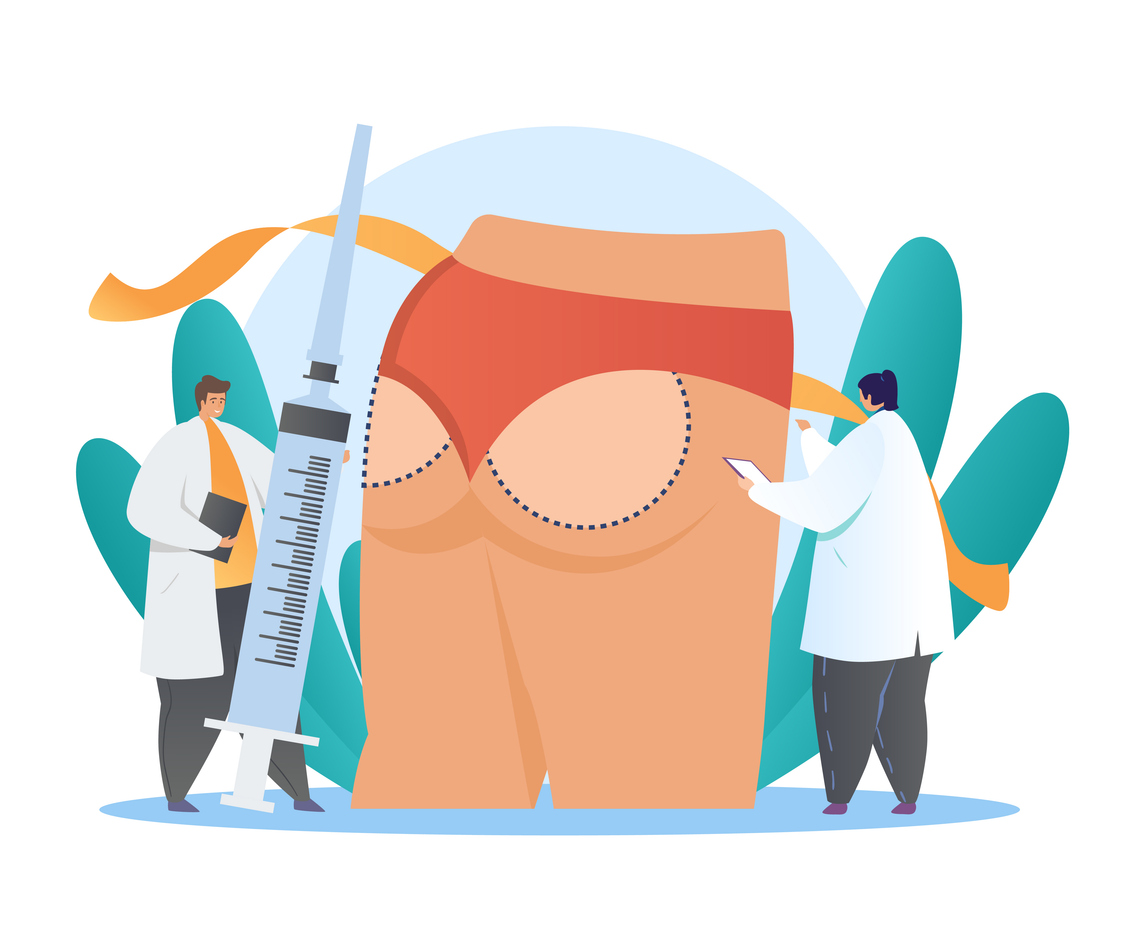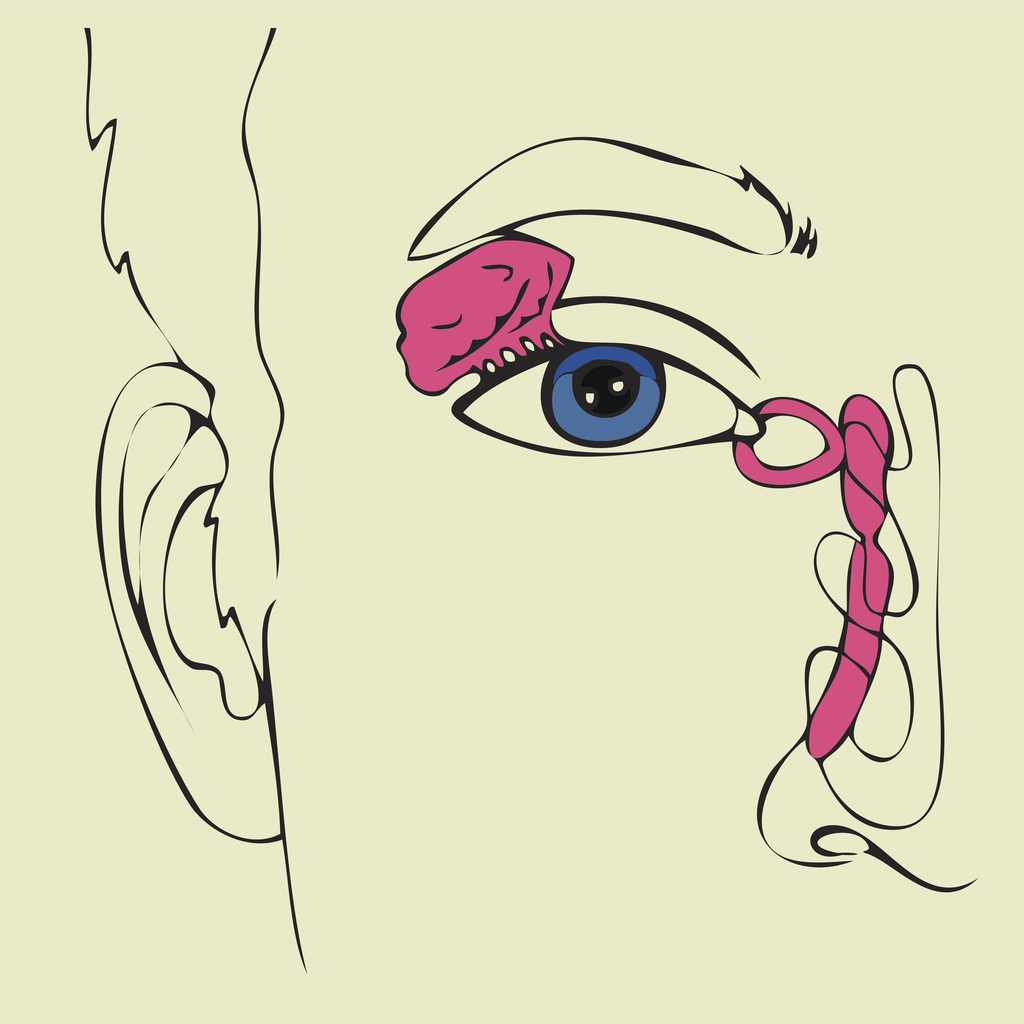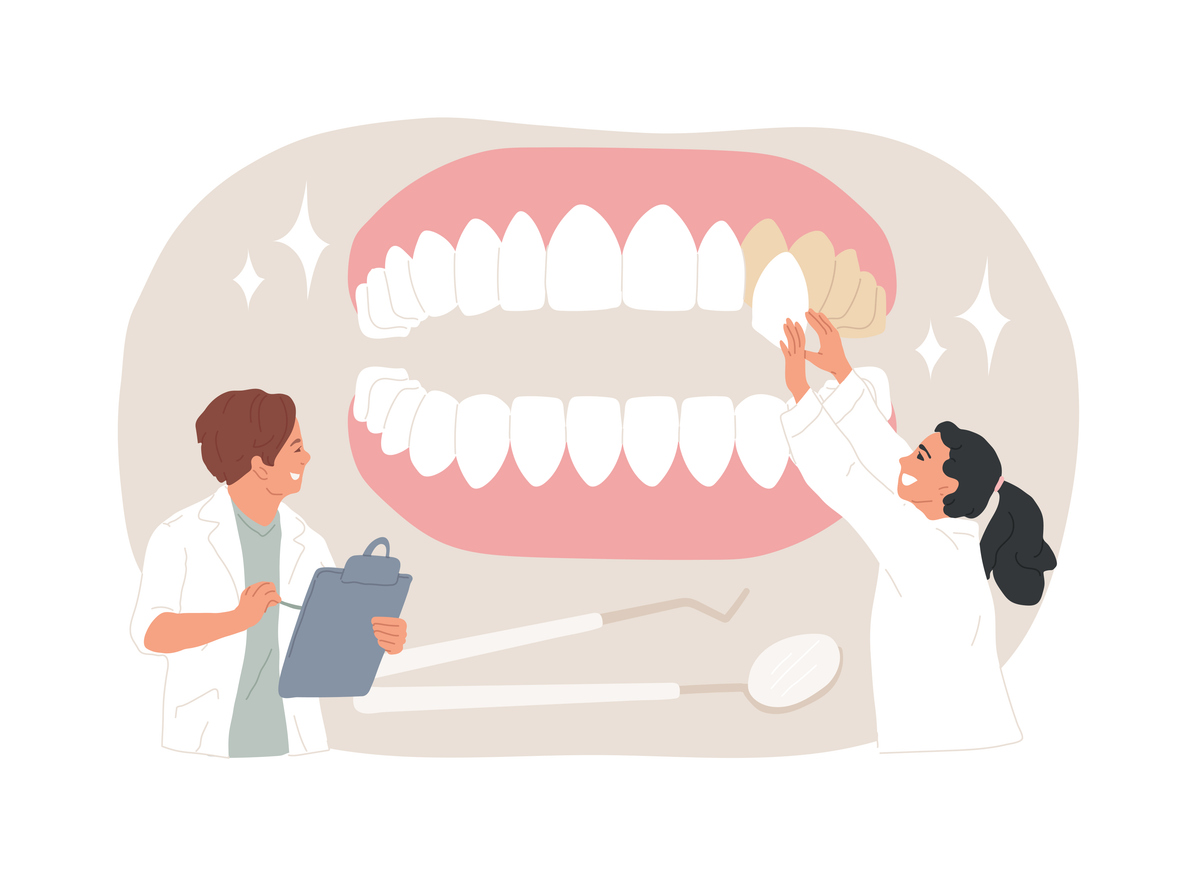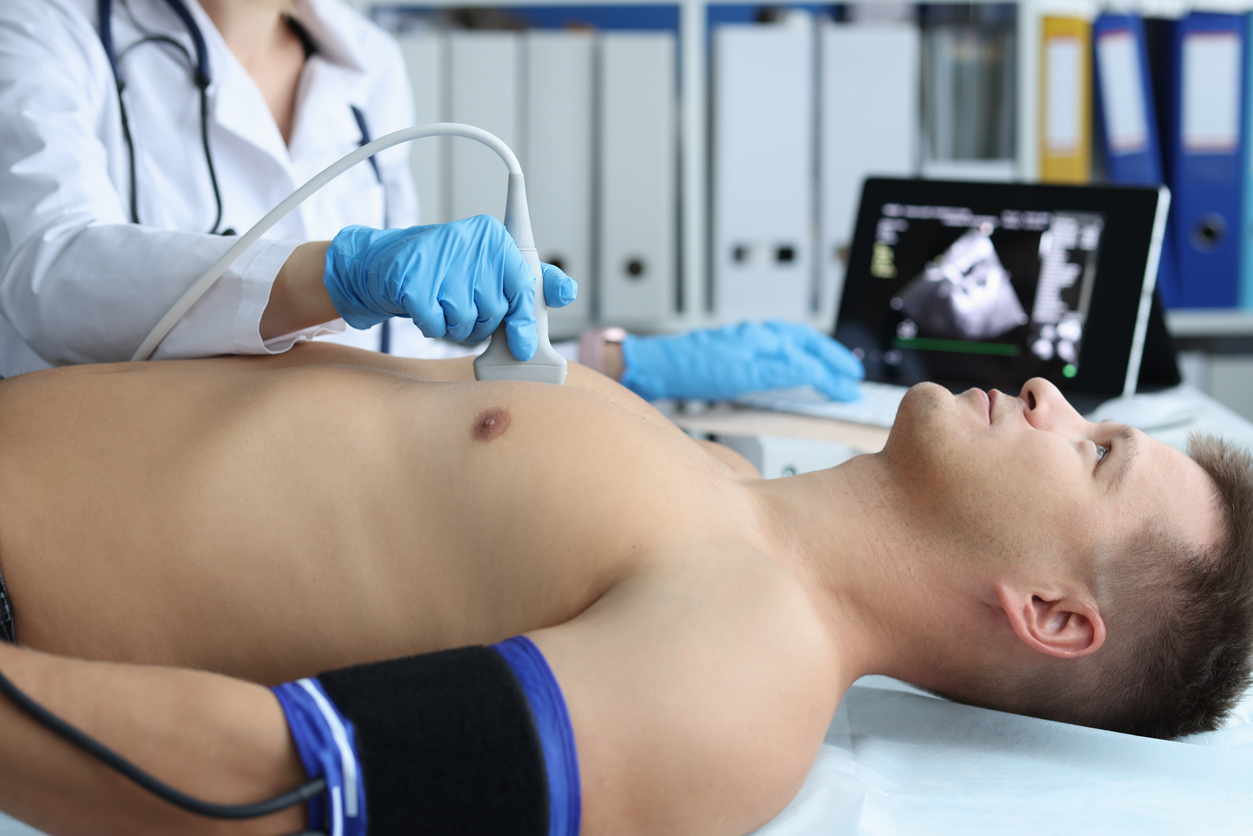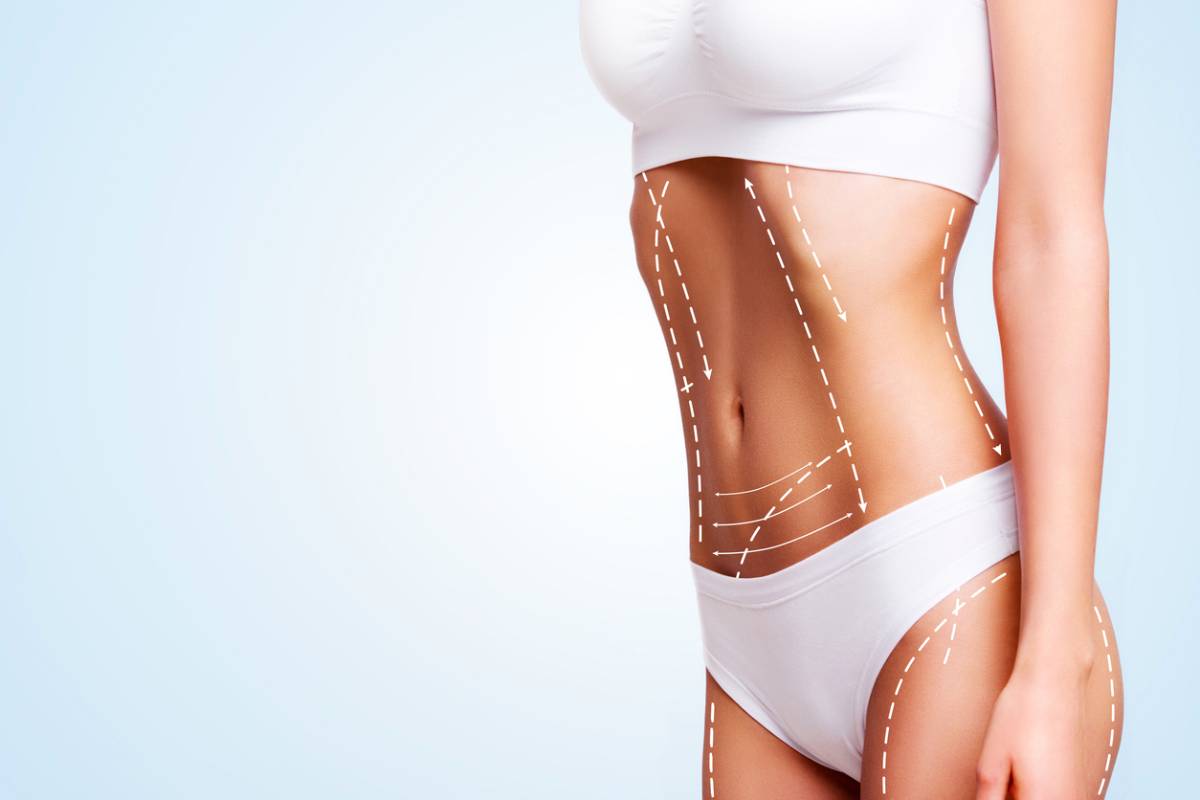Orbital Trauma Treatment Options
Orbital trauma refers to a spectrum of physical injuries, diseases, and congenital disorders that hurt the orbital area. Physical injuries and lesions on the eyelids may require orbital trauma care. Conditions such as ptosis and blepharospasms can worsen overall eye health when left untouched by surgical intervention. Depending on your individual needs, we will recommend the best avenue of treatment.
What treatments are available for orbital trauma at the office of our oculofacial reconstructive surgeon? This quick guide will discuss specific forms of orbital trauma and their most effective treatment options.
What is Orbital Trauma?
The area around your eyes is susceptible to damage. A blow to the eye can cause a myriad of orbital issues, leading to physical and medical trauma. A car accident or a collision with a wall, for example, can cause a variety of problems around the eyes.
The most common type of orbital trauma is an orbital fracture. Orbital fractures occur when the fragile bony structure surrounding your eye is hit with such a force that it breaks. Such impact can cause a fracture that “blows out” your orbital bone and causes it to fall out of alignment. While some minor cases of orbital trauma may not need surgical intervention, anyone dealing with symptoms of pain and swelling due to an orbital fracture should receive treatment right away.
Orbital Trauma Treatment Options
The first step to determine what course of treatment is best for you is to schedule a consultation with our surgeon. During your appointment, give as many details as possible about the type of injury you are dealing with. Aside from a bony fracture, orbital trauma can also indicate underlying issues such as ptosis or Graves’ Disease. The doctor will want to rule out as many causes as possible to find the best solution.
At the office of Dr. Jennifer Murdock, we typically offer three distinct treatments for orbital trauma:
Reconstruction
Full reconstruction is usually only used as a last resort, necessary only in cases of extreme emergency trauma. During reconstructive surgery, the surgeon uses various techniques, such as bone grafting and mesh reconstruction, to create a stable orbital structure.
Reconstructive surgery can also involve orbital decompression. Certain conditions, such as emphysema, can put undue pressure on the orbital area, causing significant pain and swelling behind the eye. Orbital decompression releases some of this pressure, creating a larger space for your eyes to rest in their proper place.
Orbital Implants
You might have gone through an injury or illness that has caused your eye to be removed. If you are missing an eye, you can receive an orbital implant in your eye sockets. This natural-looking implant can support the structure of your orbital bone while also providing great aesthetic appeal.
Orbital implants are a recommended course of action for anyone struggling to regain confidence after losing an eye. We can carefully create and place a custom implant that will improve your facial structure and give you confidence the next time you look in the mirror.
Fracture Repair
A more common type of orbital trauma surgery that we provide includes fracture repair. Fractures can range from mild to severe, so it is important to check with your doctor first to see if surgery is the correct way to go. Major orbital fractures happen when part of the orbital bone breaks away from the rest of it, creating a spatial gap. Orbital surgery can use techniques like skin and bone grafting to create a support around the broken piece of bone.
Reconstruction from Previous Surgery
Orbital surgery requires a high level of precision and expertise. From time to time, a surgeon can make a mistake, leaving you with less-than-favorable results. Your botched surgery might also result from an injury that occurred during the healing process. Whatever the reason for your current dissatisfaction with the state of your orbital bone, you can opt for reconstructive surgery.
Find Treatment for Your Orbital Trauma Today
Whether your orbital trauma is new or has been building up over a long period, appropriate treatments are available to fit your specific needs. Get informed about orbital trauma and the different types of injuries and conditions that might warrant the need for surgery.
Visit Dr. Jennifer Murdock, a top-rated oculofacial reconstructive surgeon in Miami, to schedule your consultation. Orbital trauma only worsens the longer it is left untreated, so it is a good idea to act fast. Get both reconstructive and cosmetic repair to leave you feeling refreshed, healthy, and whole again.
